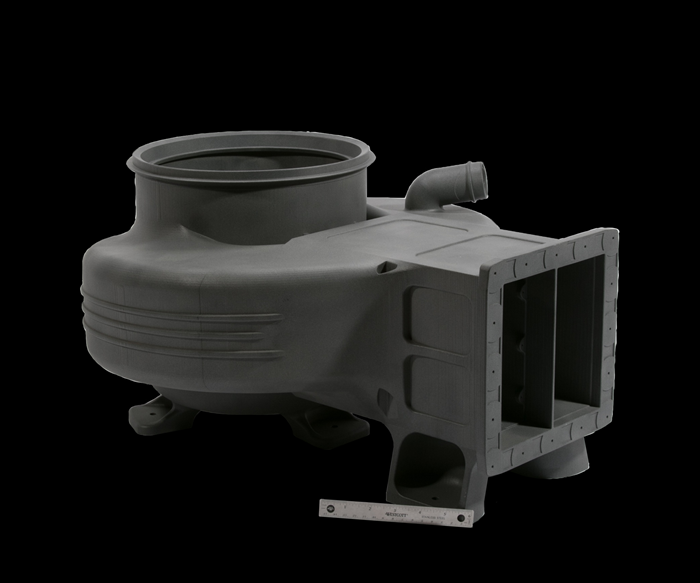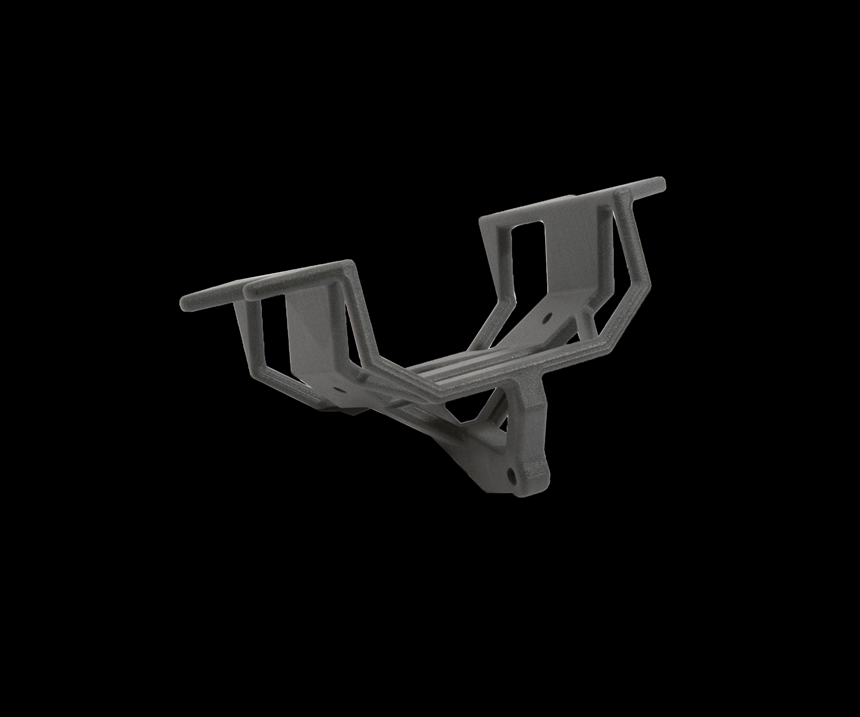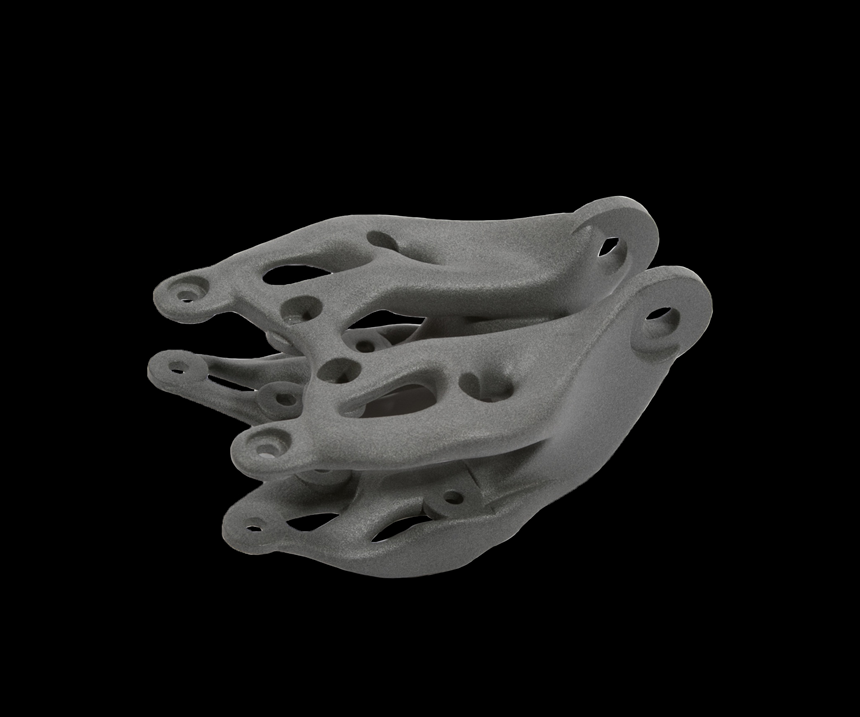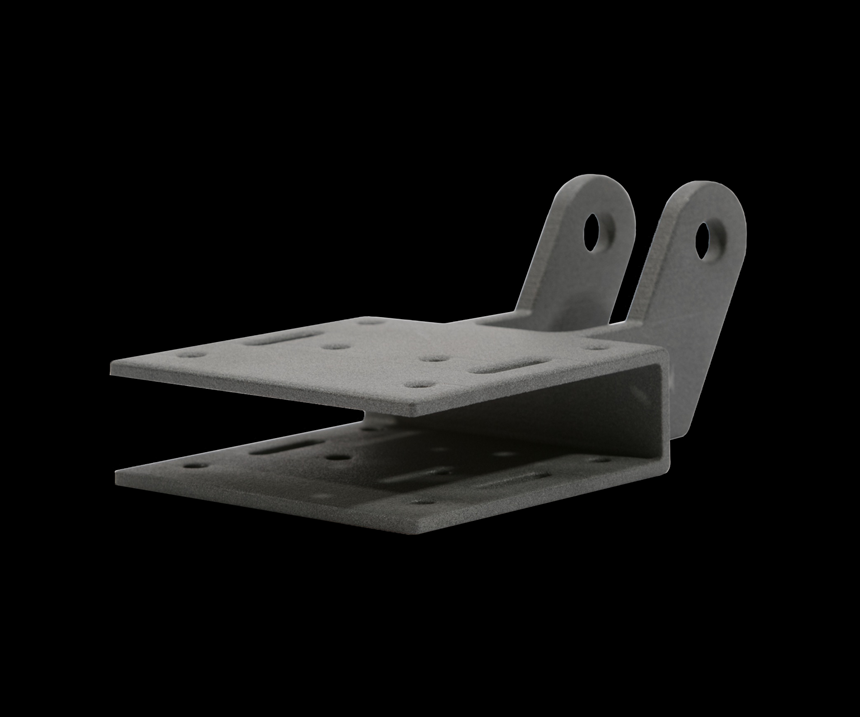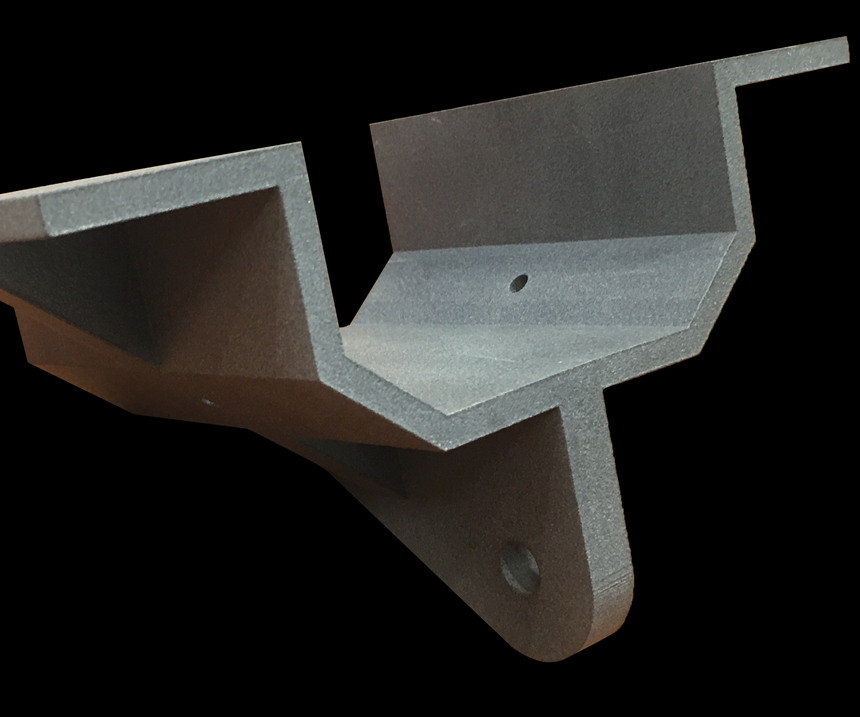CAMX 2018 preview: Hexcel
Hexcel (Stamford, CT, US) is featuring one of it newest technologies, HexAM additive manufacturing technology, which combines high-performance PEKK thermoplastics with carbon fiber to produce flight-ready 3D printed HexPEKK parts.
Hexcel (Stamford, CT, US) is featuring one of it newest technologies, HexAM additive manufacturing technology, which combines high-performance PEKK thermoplastics with carbon fiber to produce flight-ready 3D-printed HexPEKK parts. Hexcel acquired this technology from Oxford Performance Materials in December 2017. HexPEKK structures offer weight, cost and time-to-market reductions, replacing traditional cast or machined metallic parts in highly demanding aerospace, satellite and defense applications.
Hexcel also is presenting its HexShield thermal management system, which provides high-temperature resistance in aircraft engine nacelles. HexShield works by integrating a thermally resistant material into honeycomb cells, providing a core product with heat-shielding capabilities that allow for the potential re-use of material after a fire event.
Also in Hexcel’s booth is Acousti-Cap broadband noise-reducing honeycomb, designed to improve acoustic absorption in aircraft engine nacelles. The acoustic treatment can be positioned at a consistent depth and resistance within the core, or can be placed in a pattern of varying depths and/or resistances, offering an acoustic liner that is tuned to the engine operating conditions. Another Hexcel product at the show is the line of unsized HexTow carbon fibers for use with thermoplastic matrices; included is its newest high-modulus fiber, HexTow HM50, for commercial and defense aircraft and engines. Hexcel is promoting its latest PrimeTex woven carbon fabrics that decrease areal weight while providing a smooth, closed weave and uniform cosmetic appearance, and its HiMax multiaxial reinforcements. Booth Y13.
Related Content
-
Tool Gauge, Victrex partner to develop co-molded composite aircraft parts
Novel hybrid overmolding technology achieves novel thermoplastic composite parts to replace machined aluminum components on commercial aircraft, as well as reduce manufacturing costs and timeline.
-
PEEK vs. PEKK vs. PAEK and continuous compression molding
Suppliers of thermoplastics and carbon fiber chime in regarding PEEK vs. PEKK, and now PAEK, as well as in-situ consolidation — the supply chain for thermoplastic tape composites continues to evolve.
-
Hitachi Rail chooses Roboze printers, materials including carbon fiber/PEEK for railway spare parts
The Roboze ARGO 500 will be used at Hitachi Rail factories in Naples, Italy and Maryland, U.S. to reduce cost and delivery times for prototypes and spare parts.


